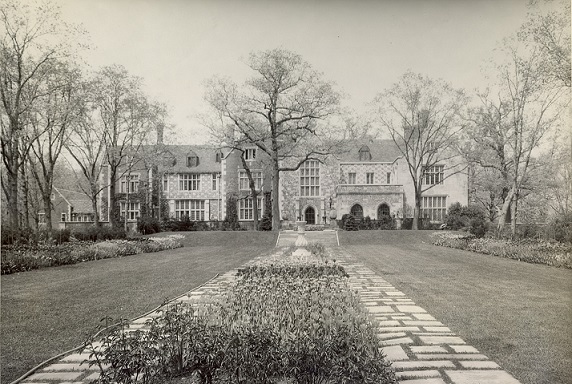About Salisbury House
History
Salisbury House was built in the 1920s by cosmetics magnate Carl Weeks and his wife Edith. The home was modeled after the King's House in Salisbury, England. The historic home contains authentic 16th century English oak woodwork, English flintwork and rafters that date back to the time of Shakespeare. Called a "national treasure," Salisbury house is graced with the family's original collection of original artworks, tapestries and antique furnishings.
Mission Statement
To preserve, interpret and share the international significance of Salisbury House and its collections as a historic house museum for the educational and cultural benefit while serving as a unique community gathering place.
The film below explores the history of Salisbury House, including its origins with the Weeks family, the tenure of the Iowa State Education Association, and the property's latest iteration as a historic house museum and events venue.
Special thanks to Ted Mason of Mason Productions for the creation of this video.
Carl Weeks once wrote, “If you dream it, you can build it.” He and his wife Edith set out to do just that. During a 1921 visit to Salisbury, England, Carl and Edith encountered the Kings House, a fifteenth-century manor. They knew immediately they had found the inspiration for their Des Moines home.
Groundbreaking took place in 1923. Five years passed before construction was complete. Salisbury House remained home for the Weeks family—Carl, Edith and their four sons—until 1954. At that time, Salisbury House was purchased by the Iowa State Education Association (ISEA), and served as their headquarters until 1998.
During the late 1990s, the house, grounds, and collections were purchased by the Salisbury House Foundation. The property was then converted into a historic house museum. Thousands have passed through the house’s great arched doors and come away awed by its architecture and extensive collections of artwork, rare books and artifacts.
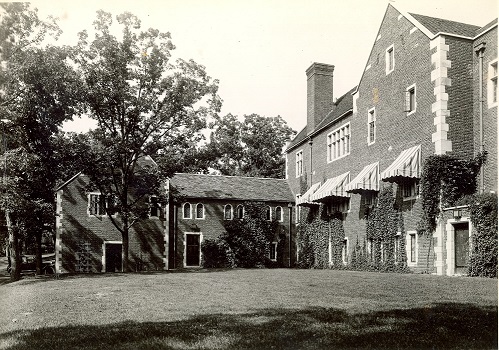
Timeline of Salisbury House History
1876 Carl Weeks was born in rural Linn County Iowa, to Charles and Laura Chamberlain Weeks.
1889 At age 13, Carl Weeks moved to Des Moines to work in a drug store owned by his maternal uncles. He later enrolled at Highland Park College to study pharmacy and graduated in 1892.
1902 Carl Weeks and his brother Leo joined the D. Weeks drug company, which had been founded by his mother’s family, the Chamberlains, and Carl’s brother Deyet. The company manufactured over-the-counter medications and face powder.
1907 Carl Weeks married Edith Van Slyke. They eventually raised four sons: Charles, William, Evert and Lafayette.
1908 When Deyet Weeks died, Carl and Leo took over the company and founded the D.C. Leo Company. During this time, Carl's innovations included the combination of cold cream and face powder. This product, which ultimately became makeup foundation, formed the core of Carl's busisness success.
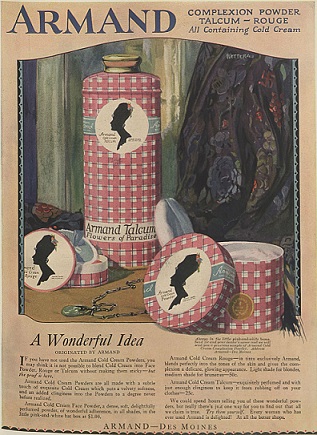
1915-1916 Carl Weeks formed the Armand Company. The product line was eventually marketed across the United States, as well as Canada, Mexico, Australia, France and England.
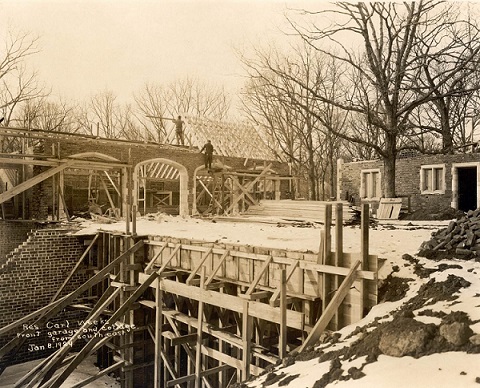
1923 The construction of Salisbury House began.
- Architects Boyd & Moore of Des Moines and William Whitney Rasmussen of New York collaborated in the design of a Tudor-style manor, with Gothic porches and a Carolean brick addition
- The cost to build the house was around $1.5 million, plus another $1.5 million for furnishings
- The estate included the house, a caretakers cottage, gardens and grounds, all situated on over eleven acres of woodland
- The roof was made of modern hand-made tiles, but the west section and cottage were covered with 17th century tile from Lord Nelson’s Trafalgar estate in England
- With 22,500 square feet on four floors, the 42-room mansion originally included 17 bedrooms and16 bathrooms
- The House’s interiors included imported 16th-century English oak paneling and floors, as well as five fireplaces
- Furnishings included many pieces of antique furniture, tapestries, fine art, rare books, and artifacts that made up a global collection of some 10,000 pieces
1926 The Weeks family moved into Salisbury House.
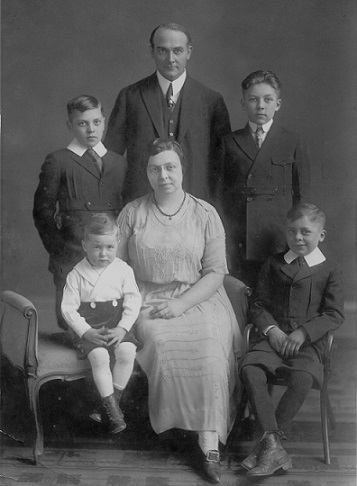
1928 Salisbury House was completed.
1934 A variety of factors resulted in the Weeks family deeding the house, grounds, and contents to Drake University for use as a fine arts college. However, the Weeks continued to occupy Salisbury House until 1954.
1950 Following World War II, competition from Revlon and other cosmetics companies constricted the growth of the Armand Company. Carl merged the company with Weeks & Leo Company and eventually retired at the age of 77.
1954 Drake and the Weeks family brokered a deal with administrators of the Iowa State Education Association (ISEA), who purchased the property and collections for around $200,000. The ISEA maintained their headquarters at Salisbury House for 45 years.
1955 Edith Weeks passed away.
1962 Carl Weeks passed away.
1998-1999 The estate was purchased by the newly formed Salisbury House Foundation. The ISEA moved to their new location in downtown Des Moines.
2005 Extensive restoration of Salisbury House began. The process implemented a Master Plan developed by the Salisbury House Foundation and local architects.
2005-Today Salisbury House continues to draw thousands of visitors each year to the historic house museum. The house's extensive grounds, gorgeous architecture, and world-class collections offer an experience unlike any other.
4025 Tonawanda Drive Des Moines, IA 50312 | P: 515-274-1777


